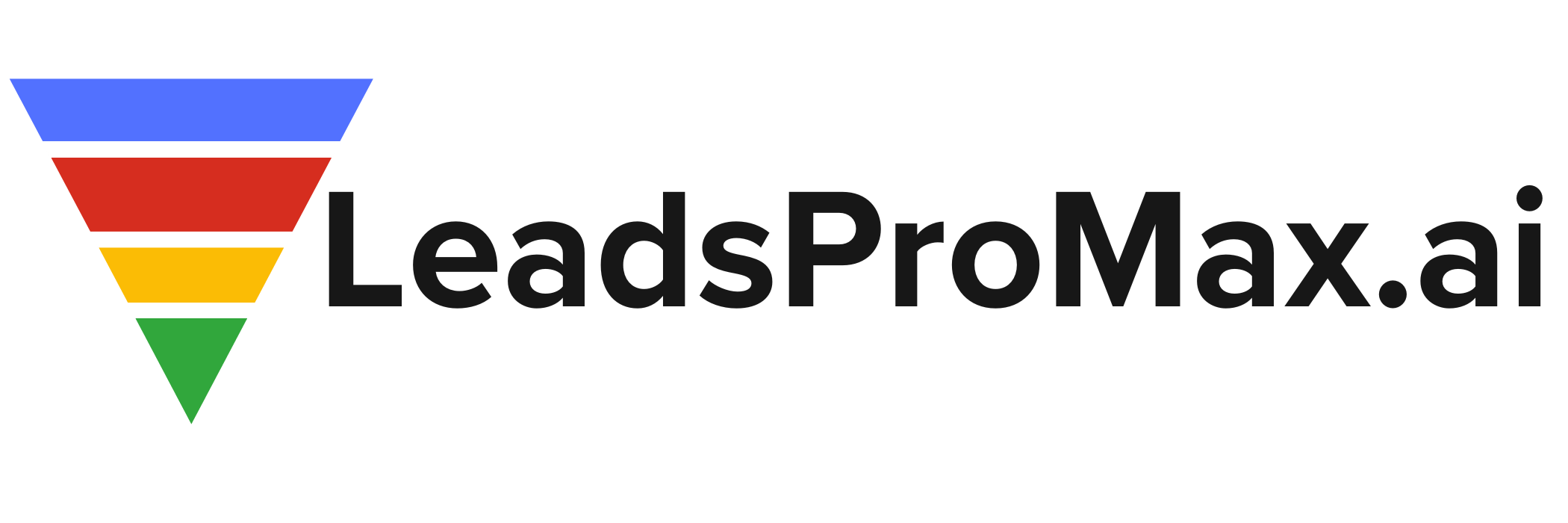Predictive Analytics: Unlocking the Power of Data to Shape the Future
In today’s data-driven world, the ability to harness the power of information has become a game-changer for businesses and organizations across various industries. Enter predictive analytics, a revolutionary approach that combines historical data, statistical algorithms, and machine learning techniques to forecast future outcomes. Gone are the days of reactive decision-making; predictive analytics empowers us to anticipate trends, mitigate risks, and shape outcomes like never before.
The Exponential Growth of Data: Fueling Predictive Analytics
The foundation of predictive analytics lies in the exponential growth of data volumes. With the proliferation of digital technologies and the increasing connectivity of devices, we are generating data at an unprecedented rate. Every click, every transaction, and every interaction leaves a digital footprint that can be leveraged for insights. This vast repository of information serves as the fuel that drives predictive analytics, enabling organizations to uncover hidden patterns, identify correlations, and make data-driven decisions.
The Building Blocks of Predictive Analytics
To harness the power of predictive analytics, several key components come into play:
1. Data Mining: The process of extracting relevant patterns and insights from vast datasets. By sifting through the noise, data mining helps uncover meaningful relationships and trends that can inform predictive models.
2. Statistical Modeling: Applying mathematical frameworks to understand the relationships between variables and make predictions. Statistical models provide a structured approach to quantify the impact of different factors on future outcomes.
3. Machine Learning: Enabling algorithms to learn from data and improve their predictive accuracy over time. Machine learning models can adapt and refine their predictions as new data becomes available, continuously enhancing their performance.
Predictive Analytics in Action: Real-World Applications
The impact of predictive analytics is far-reaching, with significant implications across various industries. Let’s explore a few real-world examples:
Healthcare: Saving Lives through Proactive Interventions
In the healthcare sector, predictive analytics is revolutionizing patient care. By analyzing patient data, medical history, and lifestyle factors, predictive models can identify individuals at high risk of developing certain conditions. This proactive approach allows healthcare providers to intervene early, offer personalized treatment plans, and improve patient outcomes. Moreover, predictive analytics can assist in forecasting disease outbreaks, enabling public health officials to allocate resources effectively and implement preventive measures.
Finance: Mitigating Risks and Detecting Fraud
The financial industry relies heavily on predictive analytics for risk assessment and fraud detection. By analyzing historical transaction data, credit scores, and customer behavior, predictive models can accurately assess credit risk and identify potential defaulters. This helps financial institutions make informed lending decisions and minimize losses. Additionally, AI-powered systems leveraging predictive analytics have proven highly effective in detecting fraudulent activities, reducing losses by up to 60% in some cases.
Retail: Enhancing Customer Experiences and Optimizing Operations
Predictive analytics is transforming the retail landscape by enabling businesses to anticipate customer needs and preferences. By analyzing purchase history, browsing behavior, and demographic data, retailers can create personalized marketing campaigns, recommend relevant products, and optimize inventory management. Predictive models can forecast demand, helping retailers avoid stockouts and reduce inventory costs by up to 30%. Moreover, predictive analytics can assist in identifying high-value customers and tailoring loyalty programs to enhance customer retention.
Supply Chain Management: Optimizing Logistics and Mitigating Disruptions
Predictive analytics plays a crucial role in streamlining supply chain operations. By analyzing historical data on demand patterns, supplier performance, and transportation routes, predictive models can optimize inventory levels, forecast demand fluctuations, and identify potential bottlenecks. This enables businesses to proactively manage their supply chains, reducing waste and improving efficiency. Studies suggest that predictive analytics can reduce transportation costs by 15%-20% and minimize the risk of supply chain disruptions.
The Role of AI and Machine Learning in Predictive Analytics
The advent of artificial intelligence (AI), particularly machine learning and deep learning, has revolutionized the field of predictive analytics. AI-powered models can process vast amounts of data, identify complex patterns, and make accurate predictions in real-time. The self-learning nature of these models allows them to continuously improve their performance as new data becomes available.
The integration of AI and machine learning has amplified the capabilities of predictive analytics across various domains. In the financial sector, AI-driven predictive models are transforming trading strategies and optimizing investment decisions. In the cryptocurrency market, machine learning algorithms are being used to predict price movements and identify profitable trading opportunities.
The Future of Predictive Analytics: Endless Possibilities
As data volumes continue to grow exponentially, the importance of predictive analytics will only intensify. The ability to harness the power of data to anticipate trends, mitigate risks, and make informed decisions will be a critical competitive advantage for businesses and organizations.
The future of predictive analytics is brimming with possibilities. The integration of AI and machine learning will further enhance the accuracy and scalability of predictive models. Real-time predictions will become the norm, enabling organizations to respond quickly to changing market dynamics and customer needs.
Moreover, the application of predictive analytics will expand beyond traditional domains. From smart cities that optimize resource allocation to personalized healthcare that predicts and prevents diseases, the potential use cases are limitless. As we embrace this data-driven future, predictive analytics will be at the forefront, empowering us to make better decisions, drive innovation, and shape outcomes like never before.
#PredictiveAnalytics #DataDrivenFuture #AIinAnalytics
The power to predict the future lies within your data. Embrace the potential of predictive analytics and unlock new possibilities for your organization. Stay ahead of the curve, make informed decisions, and shape your own destiny in this data-driven world.
-> Original article and inspiration provided by ITWeb
-> Connect with one of our AI Strategists today at ReviewAgent.ai

